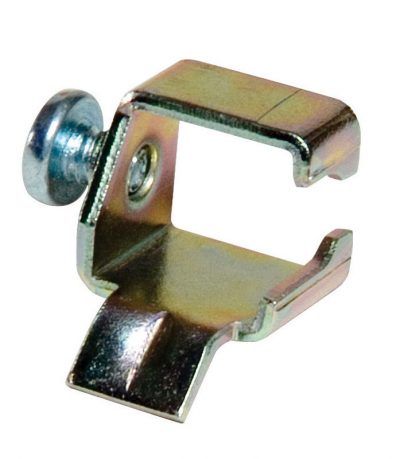Specifically I am looking at a QOTO2020:
You can see what seem to be holes in the handles for a connection pin.
On a single pole breaker I can't think of an application where you would want both independent circuits to switch off in the event of a fault on one of them. Unlike a 2 pole (USA) breaker where you would want both legs to go off in unison.
What use would be pinning the two handles together? Or are those holes not for that purpose?



